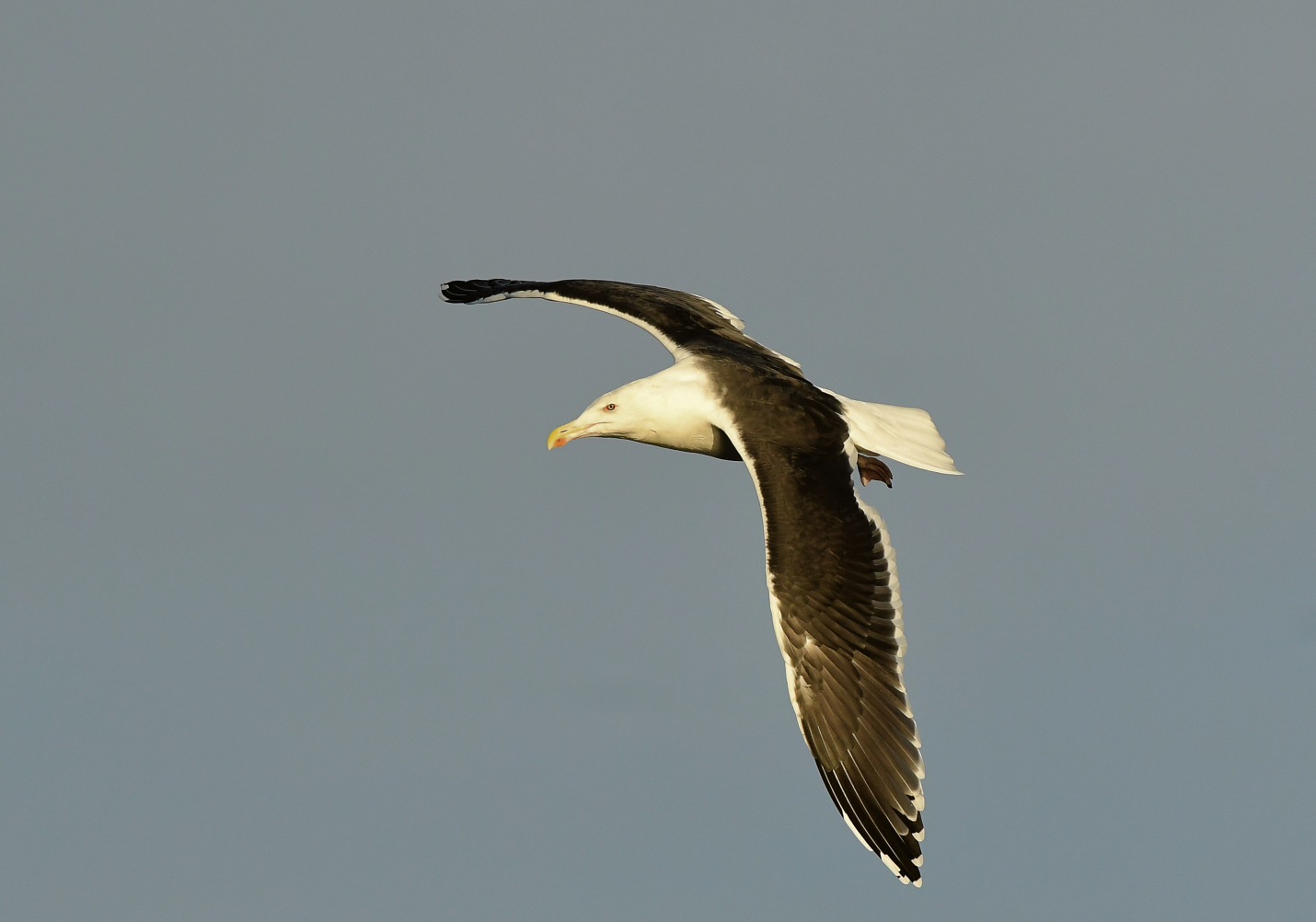Most of the photos below are from Arbroath Harbour and Marina, one from West Links and two from Murton NR.
I did film a number of videos elsewhere, in fact a large number. Looking back at my Flickr photostream I've uploaded sixteen videos, including, Great Northern Divers and Bottlenose Dolphins at Lunan Bay (very close and very far), Pintails, Little Grebes, Black-tailed Godwits, Pink-footed Geese and a Little Egret at Montrose Basin, a Kestrel at Monikie, and finally a Cormorants catching Perch at Murton NR.
All of the videos are at this link, https://www.flickr.com/photos/137390807@N03/
I couldn't get back to sleep one morning so chanced a visit to the harbour. A pity there weren't more clouds to give a bit more interest and colours to the sky
Just a few minutes after the one above and from the space between the Signal Tower and the Harbour Restaurant. The bird in the foreground is the Red-throated Diver Geoff found the day before
I usually photograph the Signal Tower at sunset from the lifeboat shed, might have a go if the conditions are right
Rock Pipit, they're difficult to get good photos of. These two photos are shrunken down from the originals without cropping, these don't do justice to them
Breath in
I assume this is the same seal that Geoff reported. I took a chance that it might appear closer to me if I stood in cover opposite the "oil pier", next to the "lazy hole", and it popped up to breath exactly where I wanted it
and hold it
I posted this to show how the water coats the fur, it must be very efficient and reduce drag. I think the same idea was used in the now disallowed competitive swimsuits, when world records were being broken frequently. The eskimos use seal skins on their cross-country skis, no friction pushing forward and good grip when moving up slopes because of the backward facing hair. Thankfully we now have artificial alternatives so our seal are safe from that potential threat
Just the one Guillemot in the Marina
A wingspan of 1.5 to 1.7m, and can weight 2.3kg.
The great black-backed gull (Larus marinus) is the largest member of the gull family. Described by the Cornell Lab of Ornithology as "the king of the Atlantic waterfront", it is a very aggressive hunter, pirate, and scavenger. It breeds on the European and North American coasts and islands of the North Atlantic and is fairly sedentary, though some move farther south or inland to large lakes or reservoirs. The adult great black-backed gull has a white head, neck and underparts, dark grey wings and back, pink legs and yellow bill.
Beak like a chisel
Herring Gull 1st winter. I'm sure I have a photo of the same lampost when it had many anti-bird spikes on it, hopefully they've fallen off and not been ripped away by impaled gulls. Whoever thought they should put spikes around a working harbour should think carefully about why they're doing it and possible consequences to legally protected and shrinking populations of birds
Adult Herring Gull
The House Sparrows near the Harbour-masters Office just love the sunks (lobster pots) stored due to the winter weather
This Pied Wagtail was in front of the paddling pool at West Links. I'd been trying to re-find a small bird in the rock armour to identify it, I thought it had the look of a Black Redstart female but unless I can find it today then I'll never know
After being freed from my taxi duties, I thought it was grandkids I would be driving around, not their Granny! These two Collared Doves were at Murton which hasn't a lot going on just now, just a few Tufties, Teal, Mallards, Goldeneye and even the Wigeon were no more than 50 birds
Eagle Owl, I don't like seeing caged birds but the alternative for this one would be release, not acceptable, even though many have been or have "escaped". Some are kept by people (you know who they area) to lure in birds of prey to where they can be shot........



















No comments:
Post a Comment